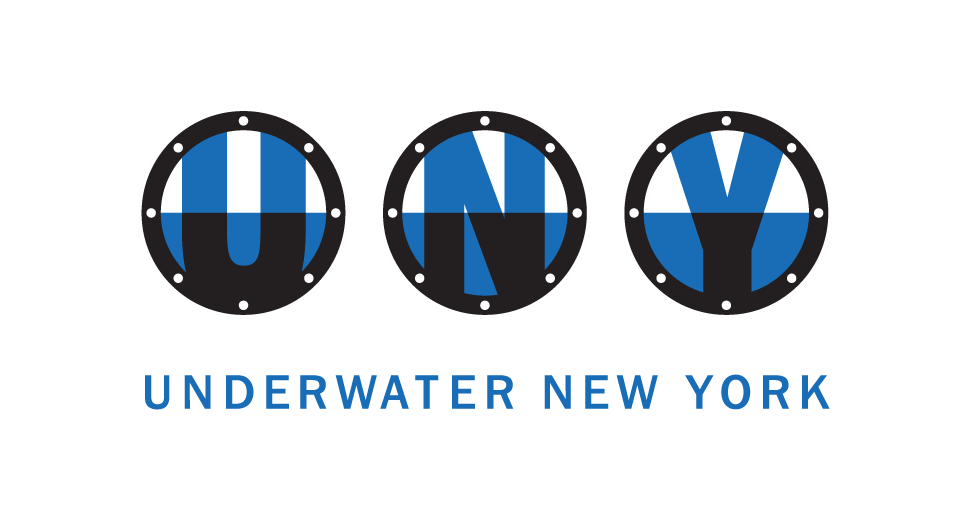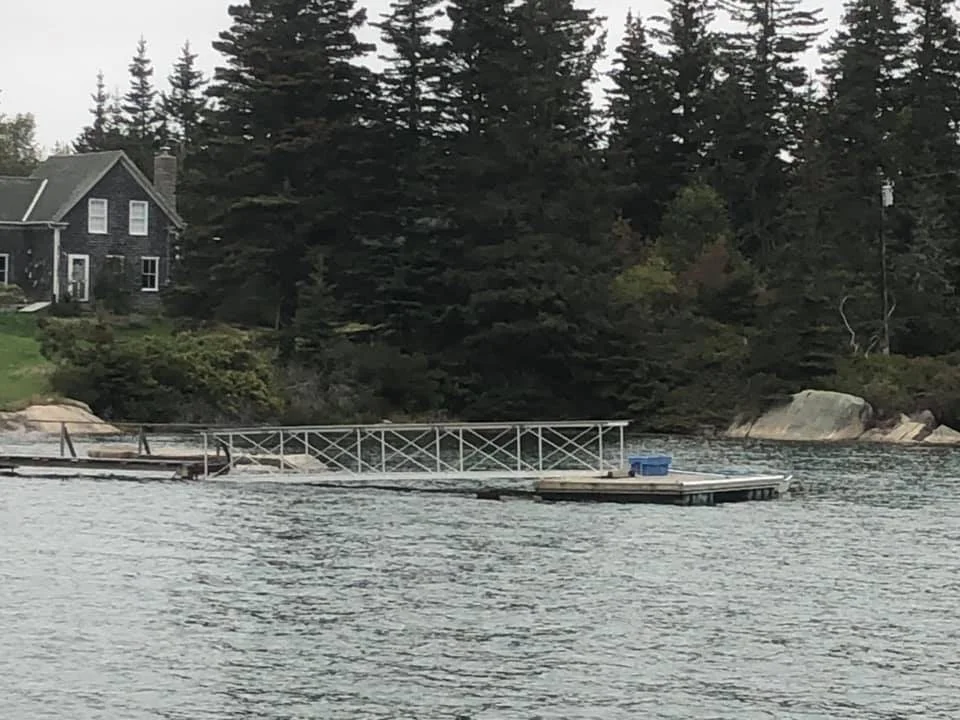The scene opens on the Rockaway Park subway station. Upstage, there’s a bench and a transit toolbox-- a rectangular metal container similar to the bench in height and length. In the background, we hear seagulls calling and the sound of waves. The station is just a short walk from Rockaway Beach and the Atlantic Ocean. We hear a train pull into the station and then a voice over a loudspeaker.
Read MoreOn my first trip to the National Seashore in Cape Cod a few summers ago, I was confronted by plastic: cups, buoys, lobster line, toys, fishing detritus, and all the other polymer bibs and bobs of contemporary life that wash up with the tide. It’s a familiar sight on beaches across the world and most pronounced in Southeast Asia, where plastic tides ripple along coasts, catch in the lowest branches of mangrove trees, and flood yards and roads. That day in Cape Cod, I picked up as much as I could carry and eventually filled two more garbage bags, which I brought back to Brooklyn.
Read MoreOn the late July day that President Trump called my hometown a “rat and rodent-infested mess” where “no human being would want to live,” I found myself dumping 200 pounds of compost into a vegetable garden across the street from a Baltimore methadone clinic. The compost had been cooking in my backyard for almost a year and included a dozen large Hefty bags of leaves from our silver maple and black cherry trees and all the watermelon rinds, avocado skins, and broccoli stems my family of four had eaten over the last 12 months.
Read MoreThe maintenance of public infrastructure, such as bike lanes and pedestrian walkways, is critical to ensuring equitable recreational waterfront access. Flushing Creek Agency is a series of site-specific performances exploring the potential of personal agency and labor in a variety of situations along Flushing Creek.
Read MoreTwo days before my due date, I executed a slow roll to get up off the couch where I’d been resting and felt a rush of water dampen my leggings. I’d had the same sensation earlier that morning when climbing out of bed. On the phone with the nurse though, I couldn’t confirm the word “rush,” nor the word “water.” Even so, she said, I’d better come in.
Read MoreA poem by Jared Harél
Read MoreThe American newsboy was born in New York. This was no chance occurrence. With a population of more than 200,000, “Gotham” was the largest city in North America. Its year-round harbor had long made it a bustling port, but the opening of the Erie Canal in 1825 transformed it into a continental center of trade, finance, and manufacture.
Read MoreIn 1905, a group of indigenous people from the Philippines were displayed at Coney Island’s Luna Park as a spectacle for curious visitors. Truman Hunt, former lieutenant governor of the Bontoc region in the Philippines during the American occupation, recruited native Igorot from the region and offered compensation of $15 a month to showcase their customs and culture to the American public.
Read MoreI learned a new word recently: rampike. A rampike describes a tree—a dead or dying tree. Rising salt waters make rampikes.
Established in 1711 on the banks of the East River between Pearl and Water Streets, the Wall Street Slave Market became one of the nation’s most profitable slave markets. It is estimated that by 1730, almost one in five people in New York were enslaved.
Read MoreThis selection of photographs is drawn from two distinct bodies of work, “Down For the Day” and “A Further Shore.” Both series are part of larger cycle of projects that look at New York City’s intricate and complicated relationship with its waters: the beaches, bays, and rivers where its diverse citizenry comes in contact with nature and each other. While “Down For the Day” and “A Further Shore” frequently depict people engaging in leisure activities, those who labor on the water are also present, enabling the quest for respite, for a momentary paradise along our urban shorelines and waterways.
Read MoreThe Kosciuszko Bridge spans the Newtown Creek and connects Brooklyn and Queens via the Brooklyn Queens Expressway. The first bridge in this location, the Meeker Avenue Bridge, opened in 1803.
Read MoreOn a Sunday in late September I spent the day as I often do, moving shore to shore with Jonah, my seven-year-old son. Days are long, years are short, or so the adage goes, though both can stretch the bounds of the tolerable to me.
Read MoreThree poems by Arden Levine reimagines and transforms text from the New York City Parks Department's most recent Official Lifeguard Recruitment Brochure. Design by Rico Frederick.
Read MoreElisa Kim’s project Atlas of the Sea is both a cartographic and political inquiry that visualizes a new oceanic spatial order c. 2017–present, including the creation of a new set of geopolitical territories and the delineation of their borders along the ocean floor. These territories are authorized under Article 76 of the 1982 United Nations Convention for the Law of the Sea, which grants nation-states sovereign access to the ocean floor for extractive purposes. She spoke with UNY editor Nicole Miller about the work of women in cartography, embodied ways of knowing, and the collective labor required to fathom the deep sea.
Read MoreFirst Contact is an installation and media performance-in-progress. The basis of the piece is the 1759–1769 correspondence between Medford, Massachusetts slave trader Timothy Fitch and the captains who sailed his ships. These letters offer an opportunity to examine the irrevocable point of contact between the Atlantic Ocean and the Caribbean Sea, and between British settlers and enslaved Africans, whose contact, collision, and conflict will eventually produce the ‘Americans’.
Read More










